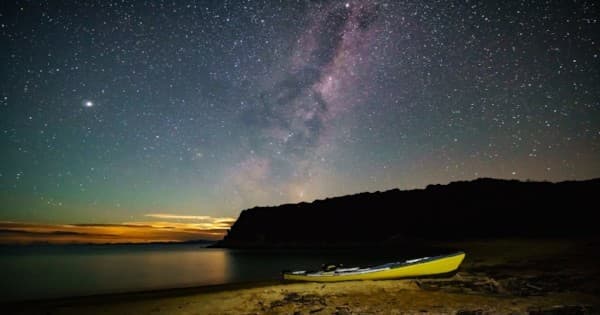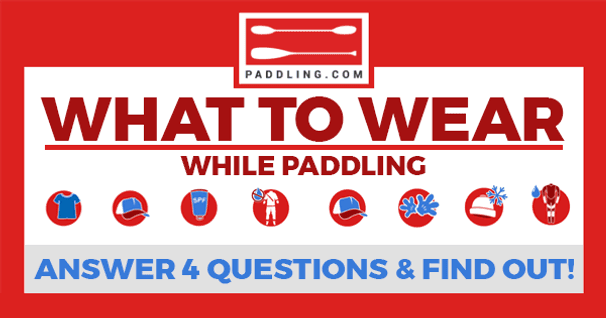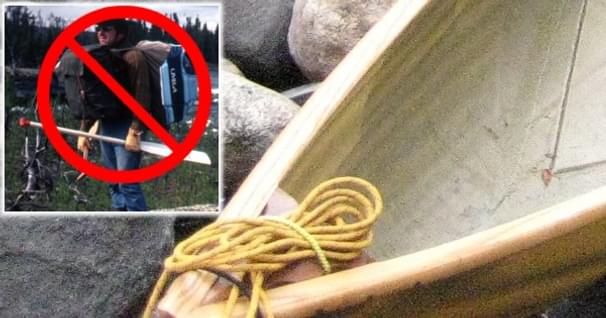How to Leave No Trace Sea Kayaking
6 Principles to Leave No Trace Sea Kayaking

From the Everglades in Florida to the Puget Sound in Washington, sea kayaking is a popular and adventurous activity throughout the nation's 95,440 miles of coastlines and lakeshores. Sea kayaking impacts are focused primarily on a small strip of land where kayakers are landing and camping.
Use the Leave No Trace Six Principles listed below to minimize your impact when you are out sea kayaking.
TAHE 10'6 & 11'6 SUP-YAK Inflatables
2-in-1 Kayak & Paddle Board complete packages for single or tandem use.
1. Plan Ahead and Prepare
Know the rules and regulations of the area you are paddling and camping in. Know where you can camp and where you can't camp. Depending on where you are determines where you can camp. In the Apostle Islands National Seashore you have to have a permit and if you have more than eight people in your party, you need a group permit. Know if whether or not the land you are docking on is private or public land.
2. Travel and Camp on Durable Surfaces
Camp and hike on durable surfaces. Use established campsites if they are available.
- Durable surfaces include gravel, sand, dry grass, and compacted soil.
- Choose a kitchen area that will have a sturdy durable surface since that is the area that receives the most impact.
- Choose a site that is large enough for our group. Camping on or laying your boats/equipment on vegetation can enlarge an established campsite.
- Use a tide chart to establish the high tide mark for that day.
- Avoid trampling sand dunes with vegetation growing within them. That vegetation helps hold the dunes together.
3. Dispose of Waste Properly
Pack it in and pack it out!
- Pack out all of your trash and trash that you find.
- Pack out your human waste.
- Pee on durable surfaces. Animals with salt deficient diets defoliate plants with urine found on them due to the high salt content in our urine.
- Dispose of game entrails. Check local regulations for disposal of fish entrails. Consider disposing of entrails directly into the ocean or bury them away from fresh water.
- Dispose of wastewater properly - In salt water, dump wastewater directly in the ocean or below the high tide line. - In fresh water dispose of it 100 feet away from water. Be aware of bears in the area and follow rules and regulations.
4. Minimize Campfire Impacts
How to make a pit fire - also read How to Minimize Campfire Impact
- Consider using a lightweight camp stove for the advantages of not needing fire wood, a highly unlikely chance of starting a forest fire, and easy clean-up.
- Mound fires and fire pans can be effective, but a pit fire is a nice, minimum-impact fire for sea kayakers. Build a pit fire simply by digging a shallow pit in an area with no vegetation. In coastal environments dig it below the high tide line. Be sure to burn the wood down completely and scatter the ash into the ocean.
- Use driftwood for firewood, but if there is not a steady supply of driftwood use dead, downed, dinky (about the size of your forearm), and distant sticks for your firewood.
5. Respect Wildlife
Always respect wildlife. Marine considerations:
- Be aware of sensitive times for animals. Animals are particularly sensitive to people during times of scarce food, guarding young, birthing, or defending and territories.
- Marine mammals are protected under the US Marine Mammal Protection Act, which requires people to stay a safe distance to ensure their normal behavior.
- Know the rules and regulations associated with bears in your area and never leave food in your boat. Hang it form a tree 12 feet up and 6 feet from the branch and trunk or use a bear canister.
- Studies have shown that kayakers approaching or turning towards marine mammals that are hauled-out (up on rocks or the shore) can startle them leading to young being trampled or young being separated from their mothers.
6. Be Considerate of Other Visitors
Share the beaches and let natures sound prevail!
- Communicate and coordinate with other parties and to see where people will be camping in order to leave larger beaches for large groups.
- Stay in a group when paddling. People don’t mind seeing one group of paddlers compared to seeing multiple boats over the course of several minutes.
- Consider wearing bright clothing so you stand out to motorized boats and if you have a radio use channel 16 to communicate with other vessels.
- Sound travels easily across water. Let natures sound prevail and try to be aware your impact on other visitors.
This article was used with permission of Leave No Trace Center for Outdoor Ethics
Patrick and Theresa Beezley are part of the Subaru/Leave No Trace Traveling Trainer Program that provides free, mobile education to the general public, volunteers, youth, nonprofit organizations, friends groups, governmental agencies, and more on Leave No Trace skills and techniques intended to reduce the impact of outdoor activities in communities around the United States. Contact them if your organization would like to schedule a presentation.
Related Articles
Wondering what to wear when going paddling? Answer 4 quick questions and instantly learn what you need…
In 1971, I outfitted and guided three wealthy Chicago men--the least affluent of which earned a quarter…
Drying is probably the most ancient way to preserve food for a very long period of time. You have…
In the mid-seventies, I shared an afternoon with the famous woodsman, Calvin Rutstrum, whose flagship…




